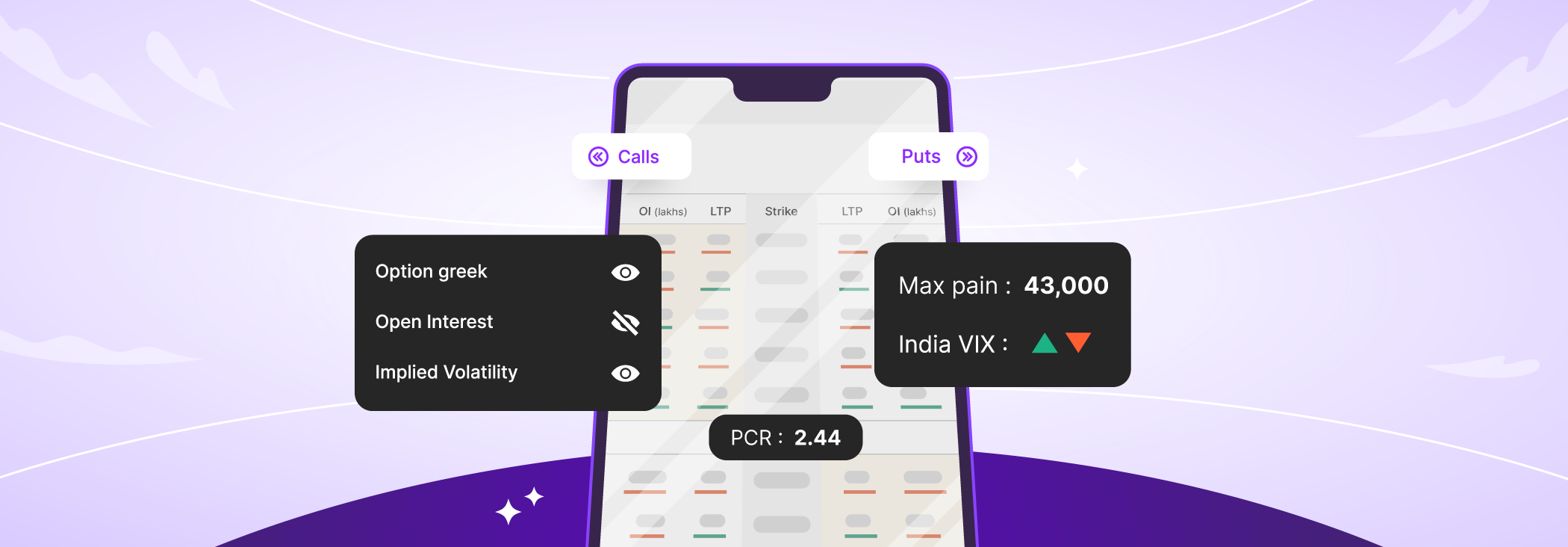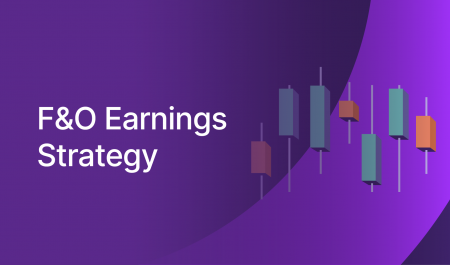In the world of options, understanding market sentiment is very important in order to execute strategies. Traders need a reliable indicator to gauge the mood of the market and make informed decisions. Enter the Put-Call Ratio, aka PCR. Think of this as the traders’ emoji. PCR helps traders understand if the market sentiment is bullish or bearish.
The following article explores the basics of the PCR, including how it is calculated, how to interpret the values and its importance when trading options. Let’s dive in!
How to calculate the PCR➗
The Put-Call-Ratio (PCR) is used to measure the sentiment of the market. It measures the amount of put options traded against the call options in a given period. The PCR is calculated by dividing the total open interest of put options by the total open interest of call options in a given period.
PCR (OI) = Total put open interest / total call open interest
How to interpret the PCR 🤔
The PCR value fluctuates above and below 1. Generally, a PCR ratio >1 indicates that market sentiment is bullish. On the other hand, PCR <1 indicates that the majority of traders are bearish. Do note that PCR is often used as a contrarian indicator. This means that when PCR is extremely bearish, traders look for reversals and vice-versa.
How much PCR is too much?⚖️
There is no single point where the PCR gives the reversal signal to buy or sell. As we all know, it is difficult to predict the market’s top or bottom. Instead, traders can use historically extreme PCR values as an indicator of the zones around which market reversals have occurred.
To sum up, monitoring the PCR can help traders assess market sentiment and change or plan their strategy accordingly. However it is important to note that one should use the PCR along with other data points. Click here for a more detailed, jargon-free explanation of PCR in options trading, including practical examples.


